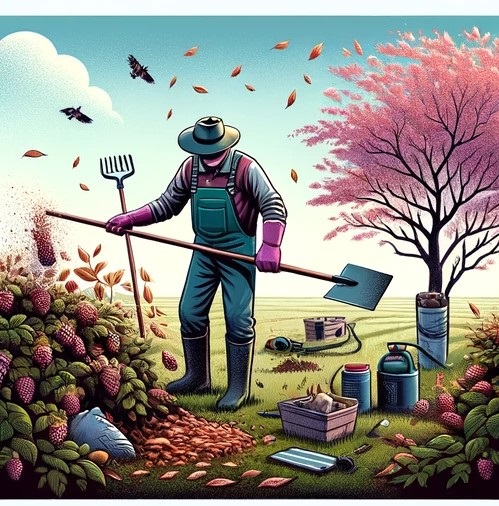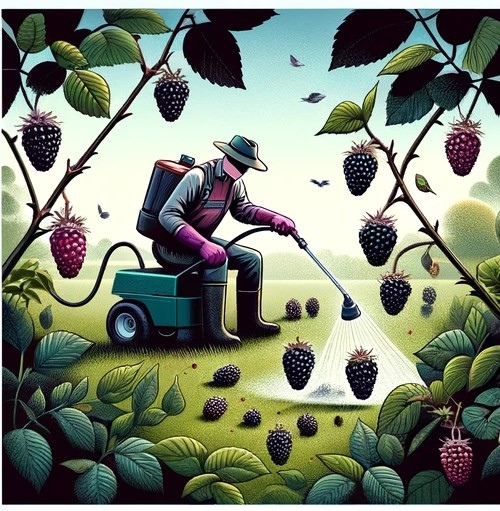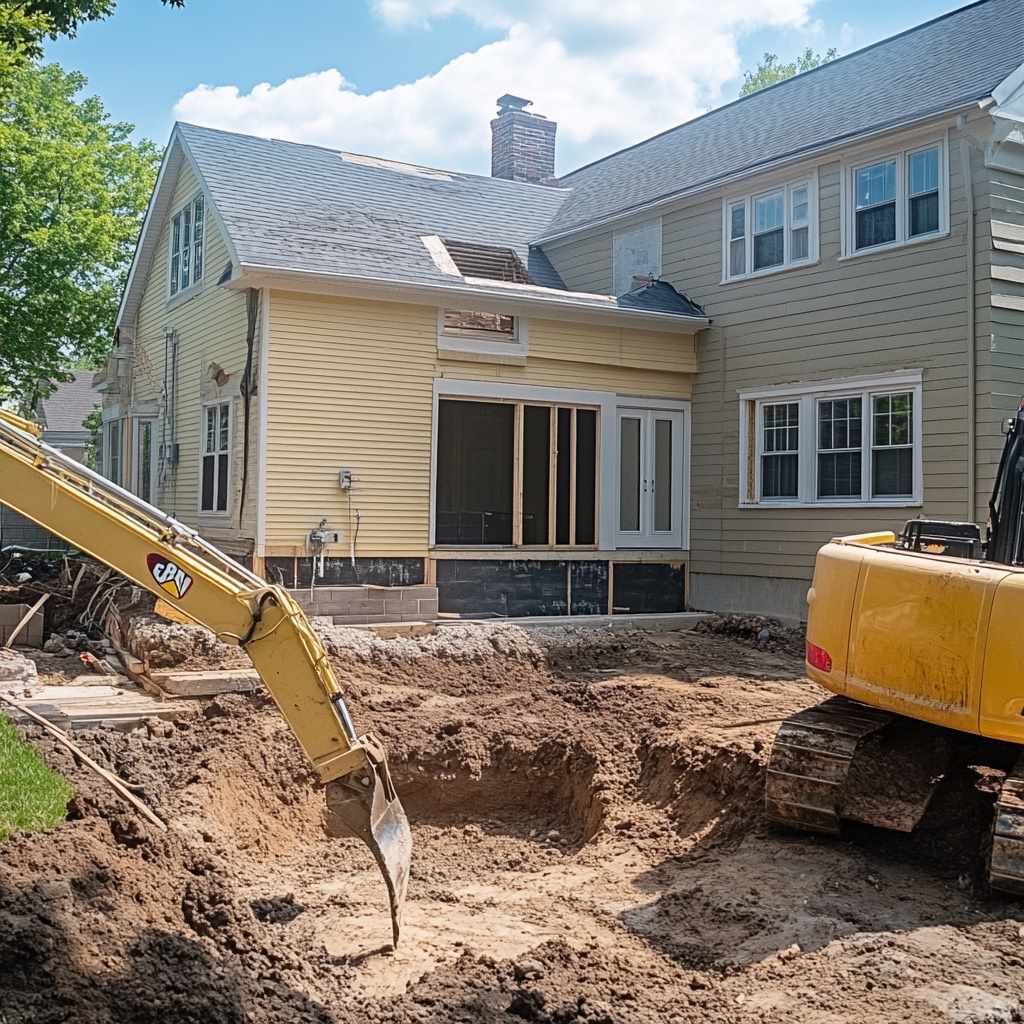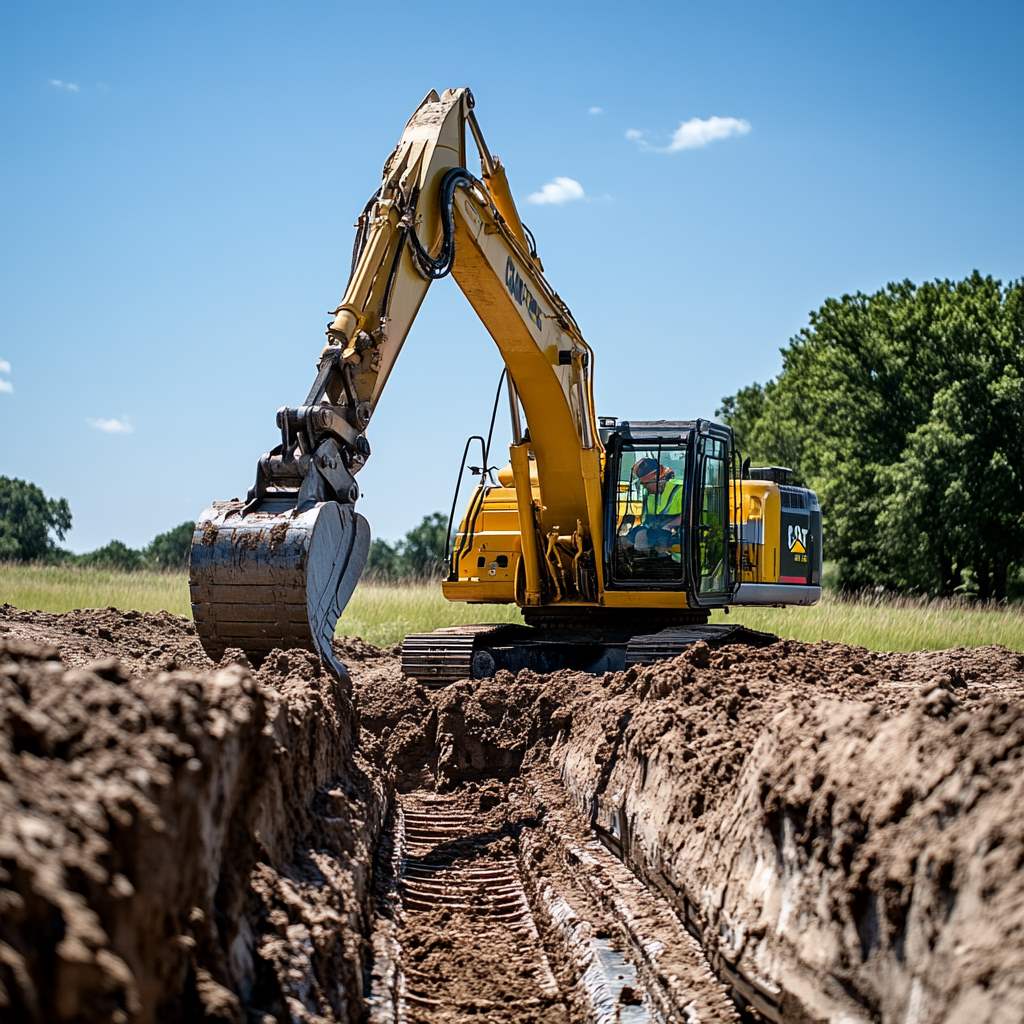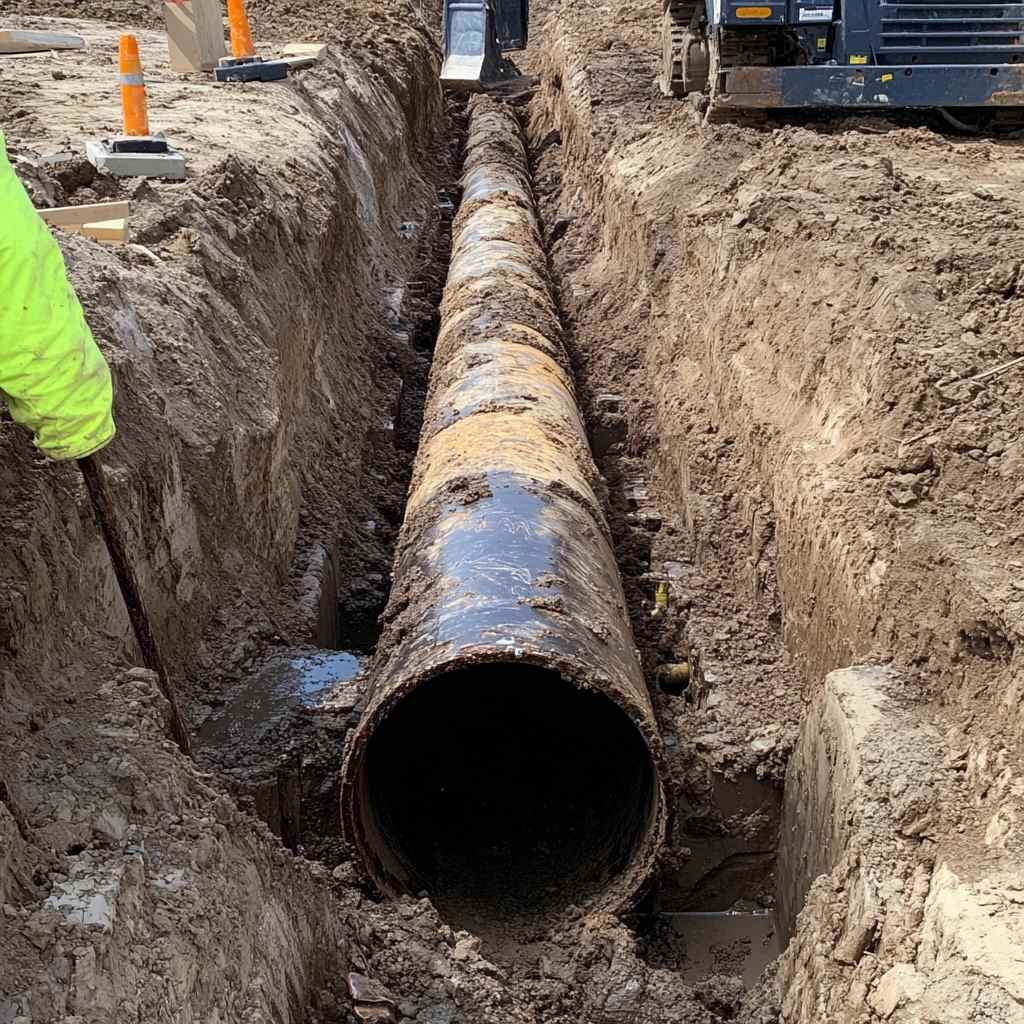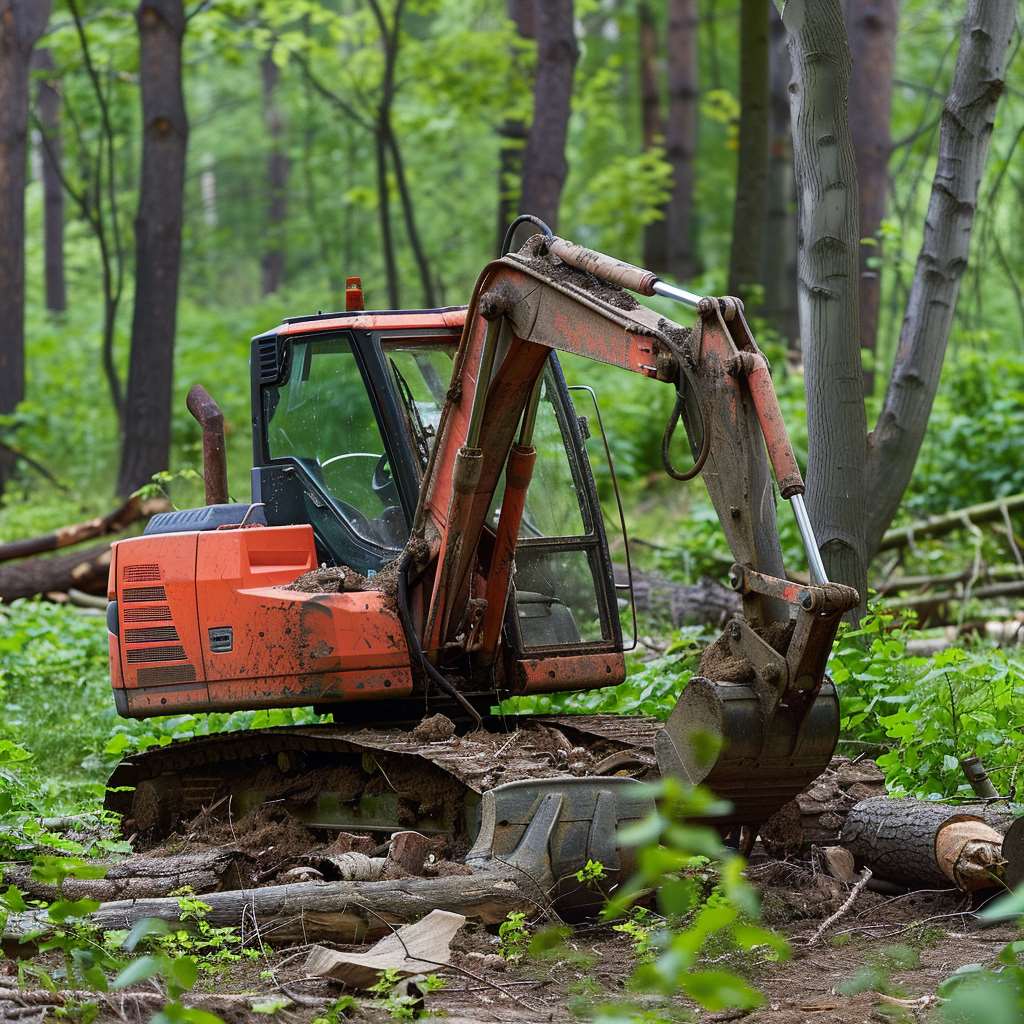If you’re battling with stubborn brush and blackberry bushes in Washington State, particularly around King, Snohomish, and Skagit counties, In-Depth Excavation is here to help. As local experts not only in excavation but also in comprehensive land and Land Clearing, we understand the challenges our unique climate poses to property owners. This guide offers practical, effective methods for removing these invasive plants, helping you reclaim and beautify your land.
Key Takeaways:
- Cutting vines to ground level can temporarily reduce blackberry growth.
- Digging out the roots prevents regrowth.
- Mowing regularly can weaken and eventually kill blackberry bushes.
- Chemical treatments can be effective if used cautiously.
- Covering the area with heavy-duty materials can suffocate blackberries.
- Professional assistance ensures complete removal with minimal hassle.
5 Ways to Get Rid of Blackberry Bushes
1. Cut the Vines to Ground Level
Blackberry bushes are known for their vigorous growth and resilience. The first step in their removal is to cut the vines down to ground level. This action disrupts the plant’s ability to photosynthesize by removing its leaves, which are crucial for converting sunlight into the energy it needs to grow. By doing this, you can temporarily halt the bush’s growth, making it less overwhelming to handle in subsequent steps.
2. Dig Out the Stumps
After cutting down the vines, the next critical step is addressing the root system. Blackberry roots are robust, extensive, and can delve deep into the soil. These roots are capable of regenerating the plant if left in the ground. Using tools like a sturdy shovel or a root saw, you’ll need to dig around and under the root ball to remove it entirely. This process might be labor-intensive but is essential for ensuring that the bushes do not regrow.
3. Mowing
Mowing is an effective method for controlling blackberry bushes over a larger area where manual removal might be impractical. Regular mowing — cutting the bushes down repeatedly — gradually depletes the plant’s energy reserves because it cannot photosynthesize effectively. Over time, this weakens the plants significantly, leading to their eventual death.
4. Treatment
Chemical treatments involve the application of herbicides to kill blackberry bushes. Herbicides containing active ingredients like glyphosate or triclopyr are known to be particularly effective against tough brush like blackberries. These chemicals work by being absorbed into the plant and disrupting its growth processes. It’s crucial to use these chemicals carefully, following manufacturer instructions to avoid harming nearby desirable vegetation and minimizing environmental impact.
5. Covering
Covering the ground where blackberry bushes have been growing is a non-chemical method of suppression. By laying a thick layer of mulch or a heavy-duty landscaping fabric over the affected area, you block sunlight from reaching any remaining roots or seeds. This lack of sunlight starves the plants, preventing photosynthesis and ultimately killing any residual roots or seeds.
6. Professional Assistance
For those who prefer not to tackle blackberry removal themselves, professional excavation services like In-Depth Excavation offer comprehensive solutions. With expertise in vegetation removal, we can ensure that blackberries are removed quickly and efficiently, allowing you to enjoy a clear, usable space.
Tools for Removing Blackberry Bushes
- Sturdy Gloves: Blackberry bushes are notorious for their sharp thorns, which can easily pierce through regular gardening gloves. Sturdy gloves made of thick, durable material are essential to protect your hands and arms from scratches and punctures while handling these prickly plants. They ensure safety as you cut back vines and dig around roots, minimizing the risk of injury.
- Loppers: Loppers are a type of large, two-handed pruning shears ideal for cutting thicker vines that are too robust for regular pruners. They have long handles that provide good leverage, making it easier to cut through thick blackberry stems with less effort. The extended reach of loppers also allows you to access deeper into thorny patches safely, reducing the need to push through painful brambles.
- Shovel or Spade: A robust shovel or spade is crucial for digging out the root systems of blackberry bushes. Blackberry roots can be extensive and tough, and completely removing them is key to preventing regrowth. A sturdy shovel or spade helps in digging deep around the root ball, lifting out the roots, and ensuring thorough removal. For particularly hard soils, a spade with a sharp edge can be especially effective in slicing through underground roots.
- Root Saw: A root saw is designed to cut through thick, woody roots that are too large for loppers or a shovel blade. This tool is particularly useful when dealing with mature blackberry bushes that have developed extensive root systems. The serrated blade of a root saw makes it possible to sever roots deep in the ground, which is essential for completely clearing the area.
- Herbicide Sprayer: For applying chemical treatments, a herbicide sprayer is necessary. It allows for the precise application of herbicides, targeting the blackberry bushes while minimizing drift to nearby plants you wish to keep. Sprayers can range from small, hand-held models for minor infestations to larger, backpack sprayers for extensive areas. Using a sprayer ensures even coverage of the herbicide, which is critical for effective treatment.
- Each of these tools plays a vital role in the efficient and effective removal of blackberry bushes, helping to clear your land safely and thoroughly.
Ready to Remove that Bush With In-Depth?
Removing blackberry bushes can be a daunting task, requiring significant effort and the right tools. Whether you opt for physical removal methods or chemical treatments, the goal is to clear your land effectively and safely. If the task seems too challenging or time-consuming, consider enlisting the help of professionals. In-Depth Excavation is equipped with the expertise and equipment to handle any scale of blackberry removal, ensuring that your property is cleared promptly and thoroughly. Let us take the hassle out of the process, so you can focus on enjoying your newly reclaimed outdoor space.
Contact Us at In-Depth Excavation for a locally tried and trusted company to remove that bush!
FAQ: Removing Blackberry Bushes
The best time to remove blackberry bushes is in the late fall or early spring. During these seasons, the plants are dormant, which makes it easier to handle them and reduces the chance of regrowth.
Yes, covering the ground with heavy-duty landscaping fabric or thick layers of mulch can suppress blackberry bushes without the use of chemicals. This method blocks sunlight, preventing the plants from photosynthesizing and ultimately killing them.
To effectively weaken blackberry bushes, mow the affected area every three to four weeks during the growing season. Regular mowing deprives the plants of the ability to photosynthesize, gradually depleting their energy reserves and leading to their death.
If blackberry bushes continue to resurface, ensure that all roots have been thoroughly removed as they can regenerate from leftovers in the soil. Consider applying a root-specific herbicide or seeking professional help for a more comprehensive removal approach.
When using tools or chemicals to remove blackberry bushes, carefully plan your approach to avoid damage to other garden plants. Use precision tools like loppers for targeted cutting, and if using herbicides, apply them on calm days with a sprayer to control the spread. Additionally, physical barriers like plastic sheeting can protect nearby plants from unintended exposure.

